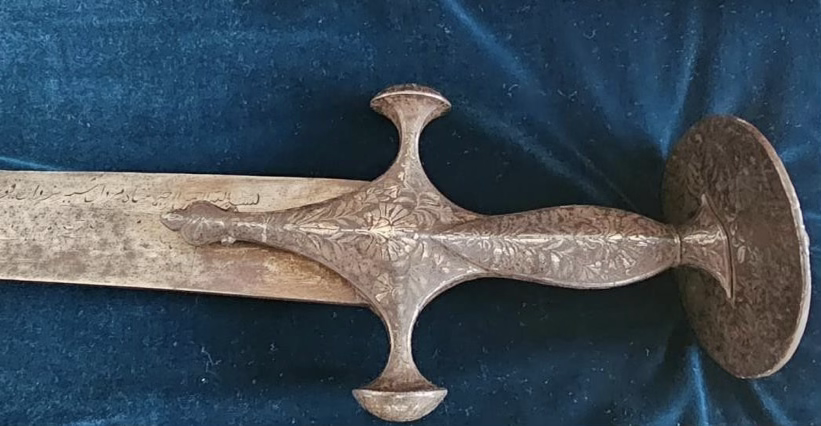
Revival of the Sword of the Prophet Zulfiqar Amid Unexpected Reactions
The National's Response Sparks Discussion on the Historical Symbolism
Bern, Switzerland - Between January 28 and February 5, 2025, two press releases were published regarding discovering a unique ancient blade, attributed to the Sword of the Prophet Muhammad, Zulfiqar. This conclusion was based on extensive research conducted by a team of renowned scientists and specialized experts.
However, on February 6, 2025, The National published an article casting doubt on the research, followed by modifications on February 7. Despite attempts to address inaccuracies directly with the authors and management, no response was received, prompting the release of key points from these communications.
Concerns Raised About The National’s Article
In a letter addressed to the authors William Mullally and Faisal Al Zaabi, their article raised concerns about the selective use of expert opinions. The piece relied on only two experts, and as stated in the letter:
"Did each of them read the entire 100-page research document that you undoubtedly received earlier? I'm sure they have not. And if they have, then it is doubtful that even a mid-level professional would allow themselves to operate so selectively and biasedly on just one minor aspect of the research results."
Furthermore, The National’s article referenced a statement by Ahmed Ali, a visiting professor from the University of Sharjah, claiming:
"Given that early Islamic swords typically lacked elaborate inscriptions—especially those relating to later historical figures—this strongly suggests that the sword in question was either created later or was intended for symbolic rather than martial purposes."
The letter refutes this claim, pointing out that a full chapter of the research document is dedicated to proving the sword’s combat use, making this critique baseless. The letter further questioned:
"What ‘later historical figures’ is Mr. Ali referring to? What ‘symbolic, not combat purposes’ is suggested when our research demonstrates irrefutable evidence of the sword’s martial use?"
Additionally, the lack of comparative analysis with the nine known swords attributed to the Prophet Muhammad—eight in Turkey and one in Egypt—was highlighted as a major oversight in The National’s assessment.
Scientific Basis of the Research
A second letter, sent on February 7, 2025, further addressed the flawed approach in the article, emphasizing that a comprehensive artifact examination must be based on four fundamental pillars: art historical research, material investigations, appraisal, and legal studies.
It was emphasized that:
"A professional critic—whether a scientist, journalist, or sociologist—must obtain objective arguments from multiple authoritative experts across all four disciplines before making a definitive statement. However, your article was based on the opinions of just two individuals, with conclusions seemingly drawn within a couple of days of ‘analytical study’—a completely inadequate timeframe for such a complex historical analysis."
Furthermore, the study of the sword began in 2006 and continues today, involving a multi-national, multi-confessional team of researchers. Inscriptions on the blade, including the names of the Prophet Muhammad’s family and repeated mentions of Ali, are powerful evidence of the sword’s historical significance.
The letter also addressed a fundamental misconception in The National’s article regarding artifact authentication, explaining that:
"Absolute proof of authenticity for any historical artifact would require a direct eyewitness to its creation, which is impossible for objects from ancient history. Instead, scholarly communities accept the ‘most proven version’ based on accumulated expert research—just as museums label items as ‘Napoleon’s sword’ or ‘Aivazovsky’s painting’ based on extensive authentication processes. By these established standards, the status of our sword as ‘Zulfiqar’ is the strongest analytically substantiated conclusion available."
Call for a Scholarly Approach
The response from Muslim readers and historical scholars has been overwhelmingly supportive, with many expressing appreciation for the scientific findings.
Given the significance of this discovery, we encourage a balanced, scholarly discussion and welcome further objective, evidence-based evaluation of our findings.
As the world reflects on this remarkable historical revelation, we extend our respects to the Muslim community at the beginning of the Holy Month of Ramadan.
Contact:
M. Tamoikin, Professor, Ph.D.
(Expert in Art, Appraisal, and Law)
Email: miketamoikin@yahoo.com


























